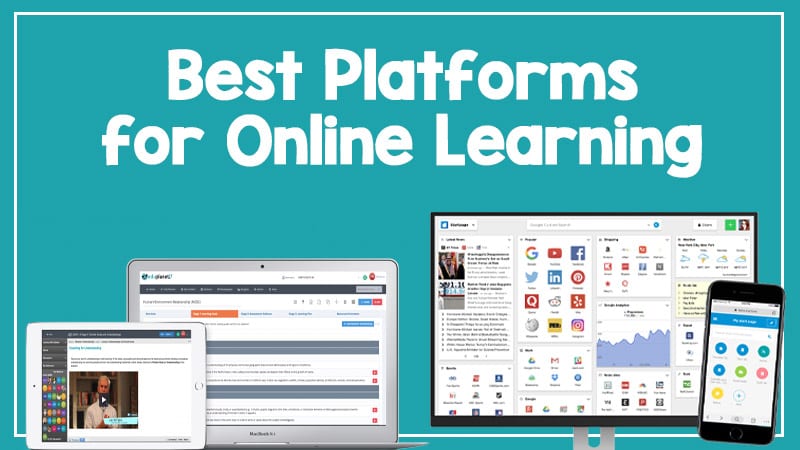
Make learning personal by asking how it builds on what you know already. If using the new learning right away isn’t possible, figure out how it can be applied to help you think differently about a problem you’re grappling with in the near- or medium-term. So, ask yourself, “How can I use what I’m learning in my next interaction, my next meeting, or later today or tomorrow?” The more immediately applicable, the better. If a topic lacks relevance, you’re likely to tune out and start checking your email or social media. Relevance is probably the most important step in motivated learning. If you’re learning virtually with others, encourage them to settle themselves and stay good-humored about the inevitable tech glitches. Remember, technology is just a means to an end: successful learning. Allow yourself the time to get used to the technology you’re using, and don’t let yourself get frustrated. Create openness by taking a few deep breaths to help settle your body and your mind. A little stress is okay, but if you’re feeling really stressed, take care of your underlying stressors before sitting down to learn.

Then, before you start any learning activity, check in on your emotions. Scheduling can be tough when your family and pets are your new co-workers, but set up a “learning block” of time for yourself. Even if it’s only 15-20 minutes-and you shouldn’t go beyond 90 minutes, because after that attention fades-block learning time out and put it on your regular schedule. Reducing distractions is pretty straightforward. In my work helping global organizations engage their virtual learners, I’ve found there are four things that enhance motivated learning: increase focus, find relevance, reinforce efficacy, and apply effort. “FREE” yourself for virtual learning with Focus, Relevance, Efficacy, and Effort Here are some tips to stimulate your motivation to learn! Self-motivation-and the desire to motivate colleagues to learn as well-are the key characteristics that separate outstanding virtual learners from the rest.

The trick with virtual learning is to keep yourself motivated. But it’s similar in that you get out of it what you put into it. It is different because it often involves leveraging technology to learn over time, which research has shown results in better knowledge retention and a higher likelihood of application back on-the-job. Virtual learning is both different from and similar to face-to-face learning. The good news? Virtual learning is available anytime, anywhere-even from your living room couch when the kids are in bed and the dog’s had its last walk for the evening. We may have decided that it’s finally time to take advantage of the opportunities for personal improvement and career advancement our companies are offering.

We’re looking to get better at adapting to change, managing our time, tuning out distractions, and handling the demands of partners, kids, and pets that aren’t used to being around us 24/7. Given the impact of the coronavirus pandemic, we’re all adapting to a new and unprecedented situation, both at work and in our personal lives.


 0 kommentar(er)
0 kommentar(er)
